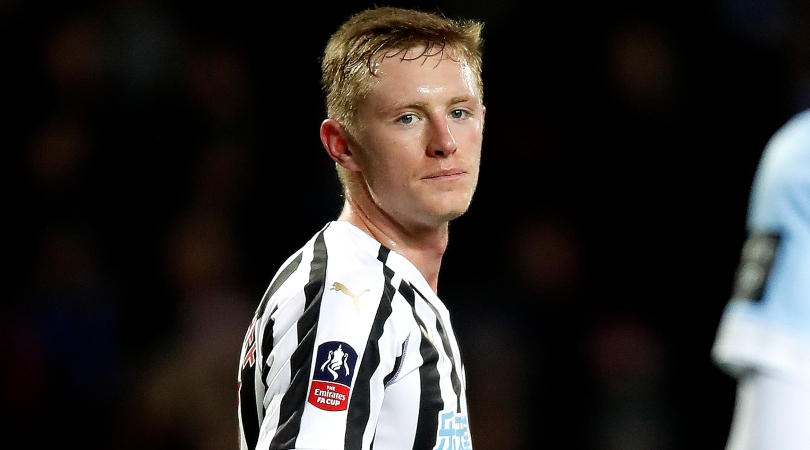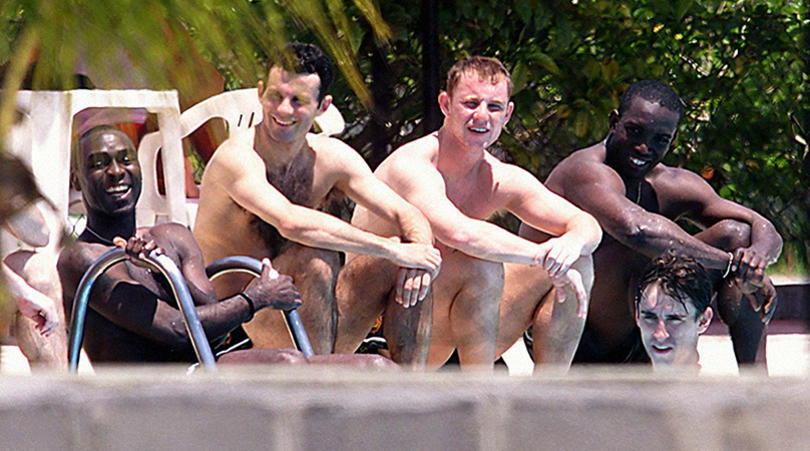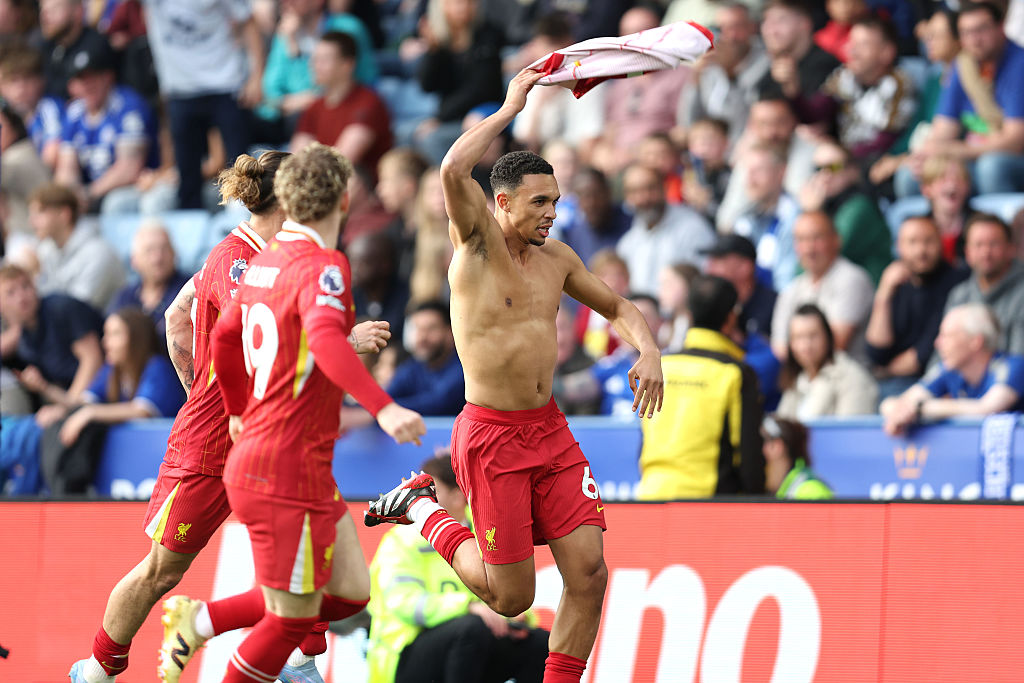Why signing Sean Longstaff doesn't make sense for Manchester United
While there is sense in the signings of Daniel James and Aaron Wan-Bissaka, a £30m approach for Newcastle’s young central midfielder has little going for it

Perhaps it's a different sort of nostalgia project. Ole Gunnar Solskjaer’s bid to reconnect Manchester United to their glory days is incorporating ever more players who are too young to remember his finest moment. His first two signings Daniel James and Aaron Wan-Bissaka were 18 months old when a stretching Solskjaer averted the need for extra time in the Nou Camp in 1999.
United have been accused of a scattergun approach to recruitment in recent years. Now it feels more targeted: Sean Longstaff was born in the same four-week period as the first two signings. So, too, was Marcus Rashford, the man Solskjaer has signed to an extended contract. United have gone from the Class of ’92 to the maternity ward of autumn '97.
A policy of pursuing potential is accompanied by reasons for the early additions. Wan-Bissaka is both replacement for the departed Antonio Valencia and the ageing Ashley Young, and a potential regular at right-back for a decade. James looks likeliest to be deployed on the right wing, where United have been relatively short-staffed since Henrikh Mkhitaryan’s departure, and provides the pace Juan Mata lacks.
But adding Longstaff makes rather less sense, and not merely because a mooted £30 million price for a player with eight Premier League starts feels excessive to say the least. It has the feel of the United premium Jose Mourinho sometimes used to bemoan.
Admittedly, the last midfielder from Tyneside that United signed didn't do too badly: Michael Carrick made 464 appearances, won five league titles, appeared in three Champions League finals and ended up as captain. More pertinently, United are two midfielders down in 2019 already, with Marouane Fellaini and Ander Herrera leaving. Given Paul Pogba’s wanderlust, that could become three.
And yet, if there are vacancies to fill, none of that renders Longstaff the right candidate – and not merely because it would be unfair to charge a rookie with replacing Pogba or because, should one be wanted, no one is a duplicate Fellaini.
Get FourFourTwo Newsletter
The best features, fun and footballing quizzes, straight to your inbox every week.
It's because United already have their own Longstaff. He is generally known as Scott McTominay and Solskjaer’s interest poses the question of how many McTominays a club of United’s stature actually needs. One? Perhaps. Two? Probably not.
McTominay’s eagerness and fitness, his positional discipline and willingness to follow managerial instructions made him the anti-Pogba, at least in Mourinho’s eyes, and the inaugural winner of the Manager’s Player of the Year award at Old Trafford. That willingness can help compensate for a comparative lack of ability, but it is worth noting that McTominay is sometimes a substitute for an undistinguished Scotland side.
There are similarities with Longstaff, yet to be capped by England at any level – not a failsafe marker, as some were slow to see the ability of James and Wan-Bissaka – but also another whose passing is unexceptional. In an age when football has been shaped by Pep Guardiola’s Barcelona, where many of the elite clubs have specialist distributors and where the contenders have midfielders whose pass-completion rate hovers around or above 88% – Ilkay Gundogan, Harry Winks, Ross Barkley, Gini Wijnaldum, Jorginho, Mesut Ozil, N’Golo Kante, David Silva – Longstaff and McTominay give the ball away rather more often and without displaying the same level of creativity.
It suggests that athleticism and attitude can render them better players out of possession, and McTominay excelled in Solskjaer’s most remarkable result, against Paris Saint-Germain, when United had just 28% of the ball. But this is a time when United have lacked the playing philosophy of their rivals and after a season when they were statistically the worst of the top six in possession, in terms of both share of the ball and accuracy of distribution. They have lost Herrera, whose 87.8% pass-completion rate meant he topped the charts at Old Trafford, so it all indicates the requirement is for a playmaker, rather than runners who can get out-passed and potentially outclassed in season-defining affairs.
The obvious hope is that emerging players would improve at Old Trafford. The danger is that United take a strategy too far and, with many of the major young talents tied up by Manchester City, Liverpool, Arsenal, Chelsea or Tottenham, bid for those their peers would not want and who would not get in their teams. When United produce a McTominay and he shows the enthusiasm to make him a useful squad member, it makes sense to nurture him. Yet there is rather less logic to paying sizeable sums to sign another.
While you're here, why not take advantage of our brilliant subscribers' offer? Get 5 issues of the world's greatest football magazine for £5 – the game's greatest stories and finest journalism direct to your door for less than a pint in London. Cheers!
NOW TRY…
OPINION Why Arsenal and Crystal Palace’s valuations of Wilfried Zaha are BOTH right
EXPLAINED How VAR will be used in the Premier League in 2019/20
Richard Jolly also writes for the National, the Guardian, the Observer, the Straits Times, the Independent, Sporting Life, Football 365 and the Blizzard. He has written for the FourFourTwo website since 2018 and for the magazine in the 1990s and the 2020s, but not in between. He has covered 1500+ games and remembers a disturbing number of the 0-0 draws.


